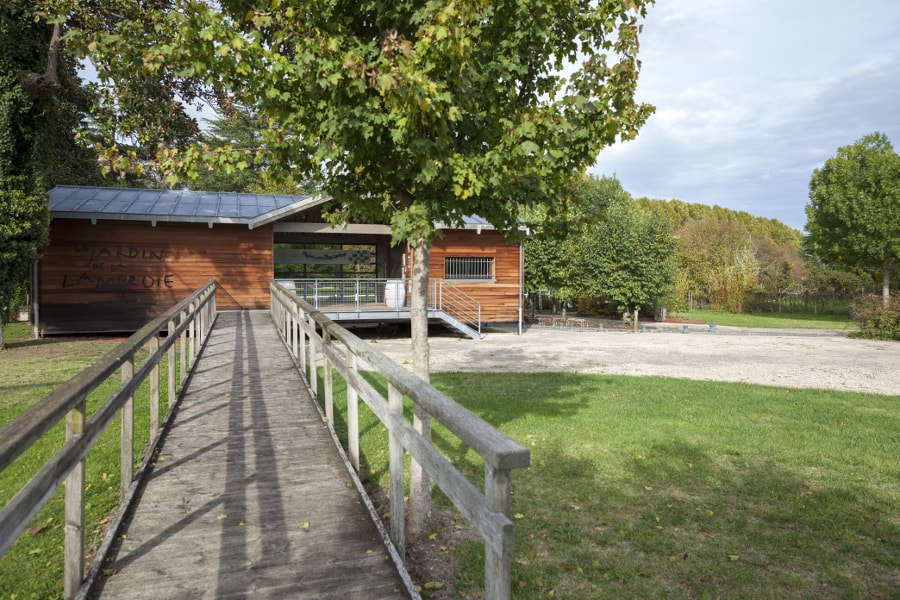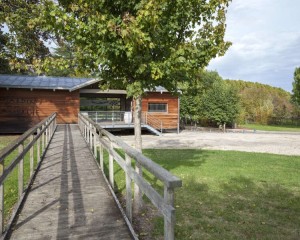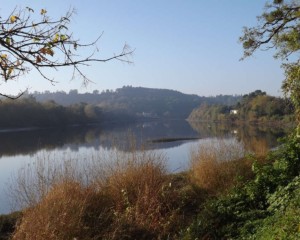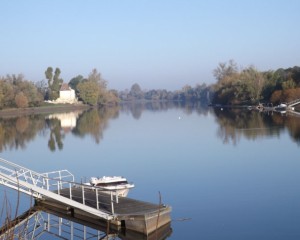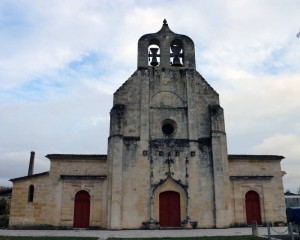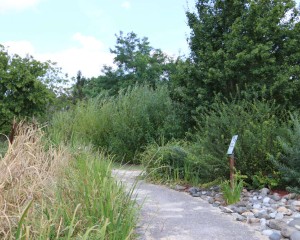Sainte-Terre is a town in the Greater Saint-Emilion Area and it is also part of the Canton of Coteaux de Dordogne. Its area is 139 ha, and is located 8 km from Saint-Émilion. Today the town has 1,891 inhabitants, called the Saint-Terrois and Sainte-Terroises.
The name of the town comes from Sancta Terra, the name of an ancient church built on the highest point of the village, where soil brought from Palestine was spread.
Upon returning from the First Crusade (1096-1099), soil brought from Palestine was spread at the highest point of the village and a church was built there, named Terra Sancta.
With the French Revolution, the parish of Notre Dame of Sainte-Terre formed the town of Sainte-Terre, a fishing-farmers village. Set on the banks of the Dordogne River, fishing is a tradition that has continued until today. In the 15th century, a fishery existed in the municipality. Still nowadays one can buy fish caught during the season. The lamprey is mainly fished, embeded in the towns culture, which self-proclaimed World Capital of Lamprey since 1990.
The coat of arms of Sainte-Terre shows a bunch grapes representing the vineyards, a lamprey recalling that the town is the capital of the lamprey, the scow evokes the river trade of the 19th century on the Dordogne river, and a scallop represents the situation of Sainte-Terre on the road to Santigo de Compostela.
Nowadays, the architectural heritage of Sainte-Terre is characterized by beautiful houses, built in the 19th century all along the Lavagnac road, bordering the Dordogne River.
South of Sainte-Terre flows the Dordogne River, over some 3 kilometers. The town is also crossed, over some 600 meters by the Langrane Creek.
At Sainte-Terre, wines are produced under the appellations of Bordeaux and Bordeaux Supérieur.
The Jardin de la lamproie (the lamprey garden) is a botanical garden of 5000 m² which houses over 400 species of waterside plants, arranged along a pebbled path recalling the winding of the Dordogne River.
The Feast of the Lamprey usually takes place in April and is organized by fifteen Associations of Sainte-Terre which want to promote the gastronomic specialty.
The Church of Saint Alexis was built between the Romanesque period until the end of the Gothic period. It consists of a very simple nave and an apse which date from the first construction stage. The upper part of the facade has characteristics of decorative elements that belong to the late Gothic style. The steeple wall with its baroque appearance, was built in the second half of the 18th century. The church was enlarged in the late 18th or early 19th century. A large mounted canvas, painted in trompe l'oeil made in 1780 by Tomaso Tessa, a famous Italian artist, replaces the originally scheduled dome. The apse is decorated with restored paintings of the 18th century. The walls and the vault are decorated in shades of blue, red and gold. On the ceiling above the altar, there is a fresco and in a triangle the symbol of the Trinity - the Father, the Son and the Holy Spirit; also the eye of God appears. The church has a rich altarpiece which is intended to glorify the Virgin Mary. It was completely restored both inside and out in 2007; it has been registered as Historical Monuments since 1925.
Gueyrosse Château was built during the first half of the 19th century. In 1863, the house had a remarkable balcony comparable to those of New Orleans, entirely made out of forged iron. Moreover, until 1942, the Château had wings that were destroyed due to the tax on doors and windows.
Le Bourg - 12, Avenue Charles de Gaulle
33350 SAINTE-TERRE
05 57 47 16 23
mairie.sainteterre@wanadoo.fr
OPENING DAYS OF THE CITY HALL
Monday to Thursday: 8:30 a.m. to 12:30 p.m. and 1:30 p.m. to 5:30 p.m.
Friday: 8:30 am to 12:30 p.m. and from 1:30 p.m. to 4:30 p.m.
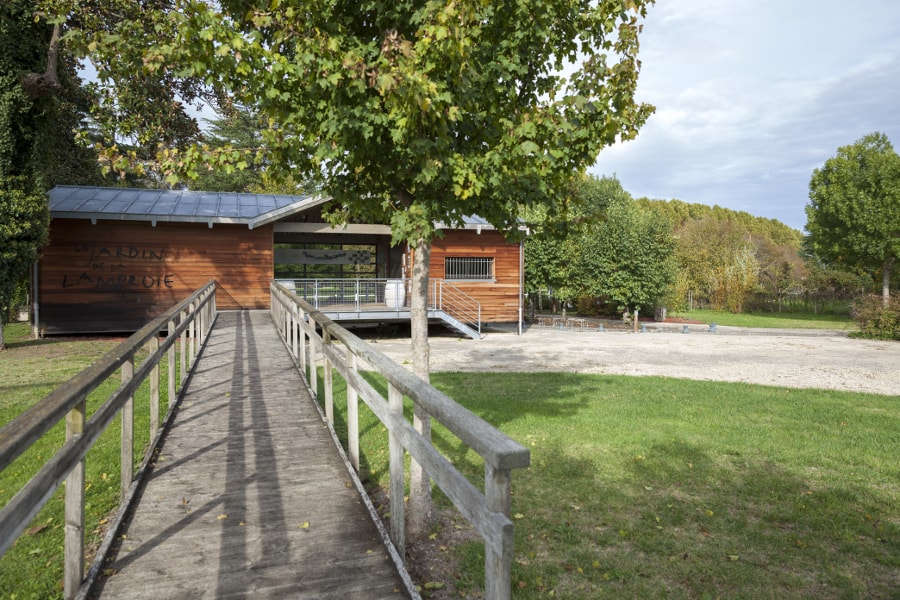
Grand Staint-Emilionnais Tourist Office
Le Doyenné - Place des Créneaux
33330 SAINT-EMILION
